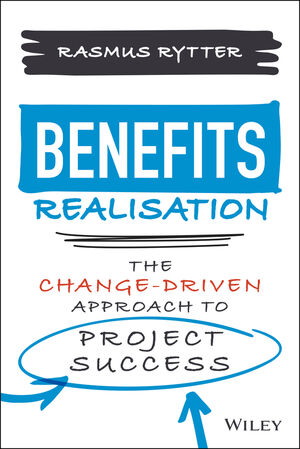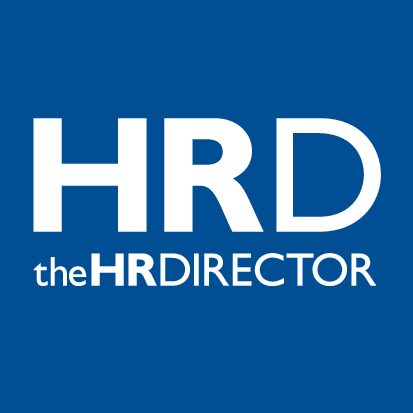As I settled down with excitement to read this book that could provide great benefits to even someone like me who is not an expert in project management but has managed projects from inception to conclusion with meeting budgets and deadlines, I must admit, the book was very technical and at some points hard to understand. Now, I may have felt different if my only work was managing projects as I found the graphics and real-life case studies and examples very informative. Throughout the book, Rasmus Rytter illustrates his theories.
As a starting point, Rytter explains that Benefits Realisation is about focusing on the purpose and benefits to achieve and prioritize the behavioral change it will require of everyone involved and those that are impacted by the change. The method enables everyone to initiate the projects by designing business change projects to create the prerequisites for realizing the desired purpose and benefits.
As with any projects, there is often a focus far too much on deliverables and far too little on change and benefits, Rytter’s book provides a practical and case-based guide on how your organization can get more value out of your projects.
To be successful, the project manager (PM) analyses and executes the organizational change and produces the technical deliverables needed for the benefit owner to realize the benefits. It is very important and critical to have a project manager that is accountable and understands the process from start to finish.
A PM would start by setting the right direction for the project and clarifying the desired change. In that way, they give the project the best possible foundation for successful implementation.
Some may understand a project to be IT based, however Rytter explains that it is never to develop a new IT system, process, product or other forms of technical deliverables. Instead, the purpose of a project is to help the organization realize part of its strategy to create value that helps it realize its strategic goals.
There are many important moments in the life of a project. For most projects, the most important one is when the project is designed, and everyone can see the benefits it is meant to create.
The benefit map is a key tool and the focal point for the leadership and management of the entire project.
As with anything else, you always have some that don’t accept change for many different reasons, one being fear. It is important to address fear, such as the fear of not being able to do their job after the change or the fear of being fired.
To summarize, this book is intended to inspire how to approach the implementation of the benefits realization method. Including the recommended main activities in the execution phase, the kick-off and initial training; the change track, the technical track, various strategies to implement throughout the organization.
When it comes to process and realizing the overall project, Rytter explains it well and for someone who has gone through the steps outlined will find this information very useful in the life of their projects.
Published by Wiley
Monique Vander Eyken, HR Consultant – MVE Consulting







